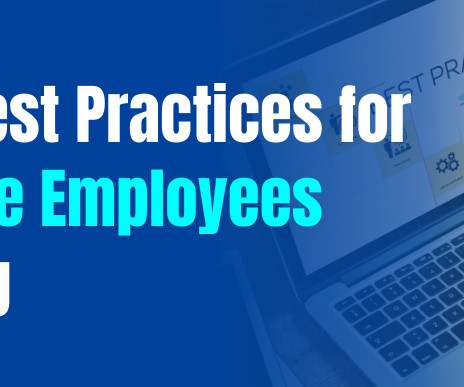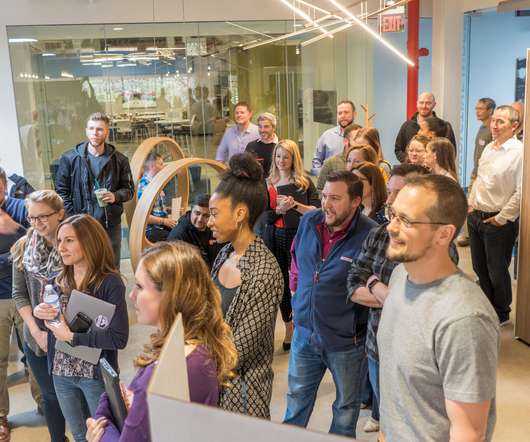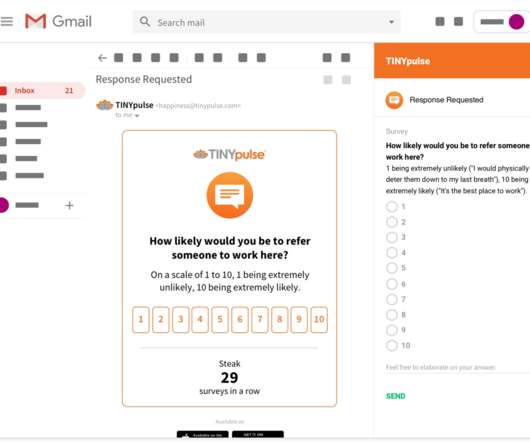Employee Motivation Tools: How to Inspire and Energize Your Team
Empuls
SEPTEMBER 9, 2024
Examples Salesforce saw a 13% increase in employee satisfaction and a reduction in turnover by 6% after implementing these engagement tools.Upon utilisation of such tools, Airbnb reported a 7% increase in employee retention rates and noted higher engagement levels, particularly among remote teams.




























Let's personalize your content